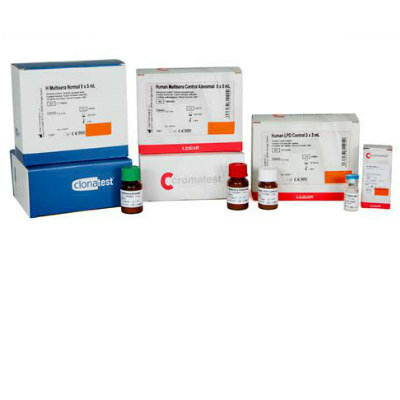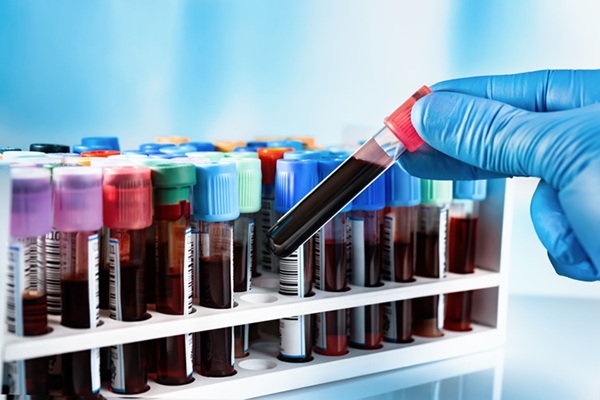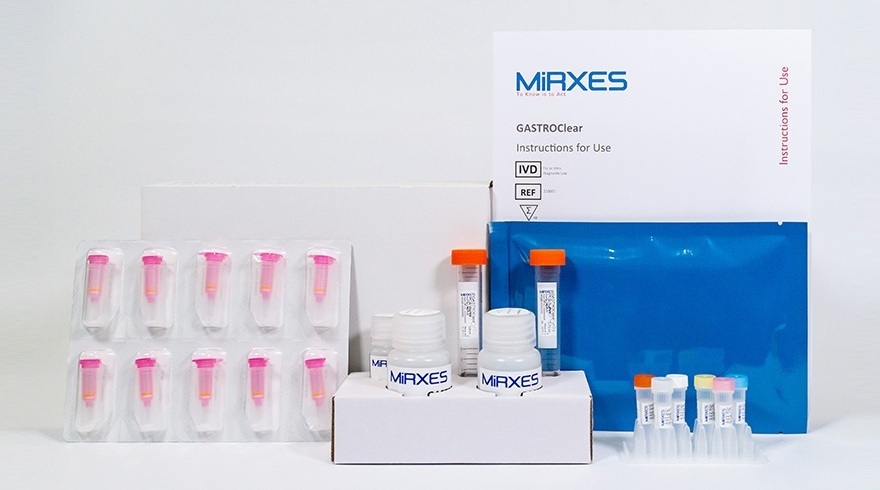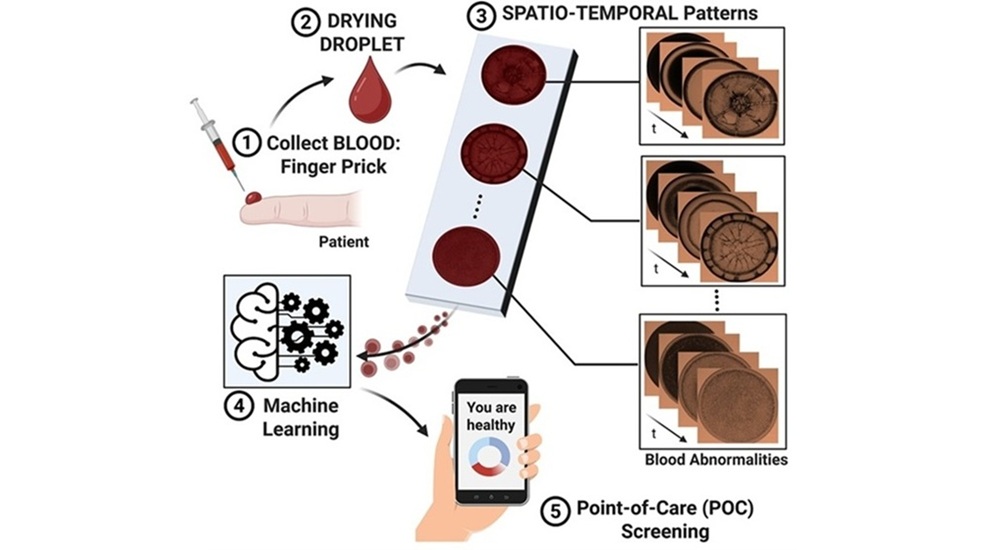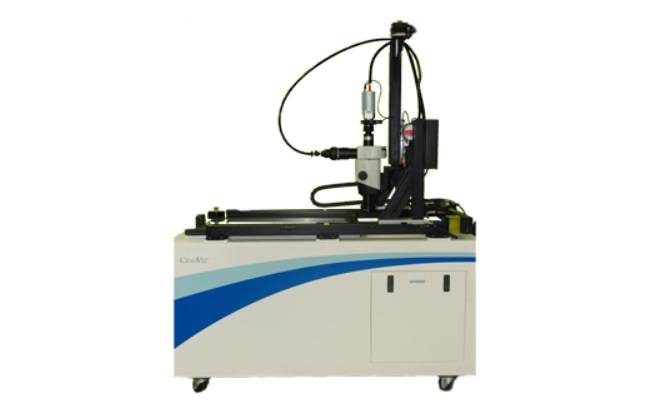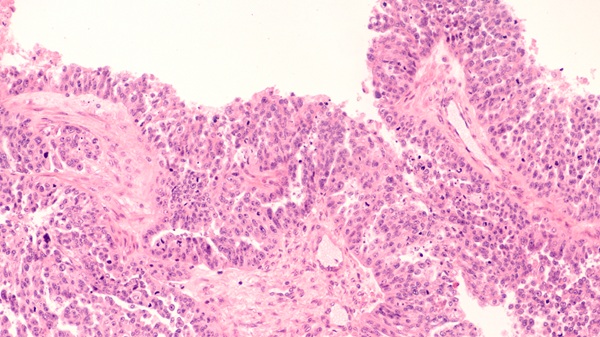Cytokine Signature Identifies COVID-19 Patients With Worst Prognosis
|
By LabMedica International staff writers Posted on 27 Apr 2022 |
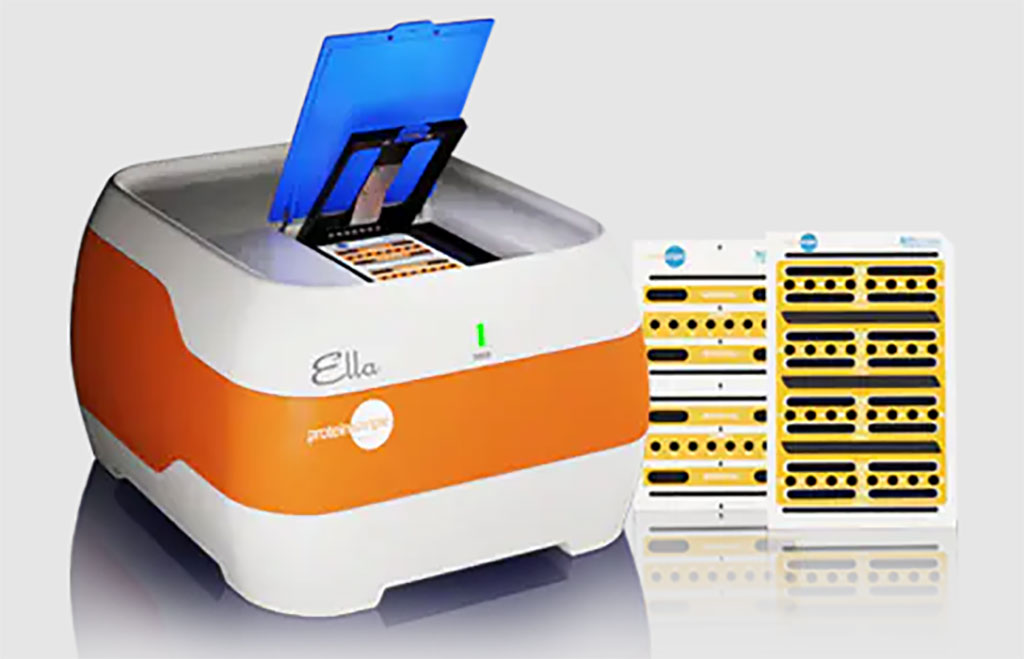
An overreaction of the immune system, in which excessive levels of proteins called cytokines produce damaging levels of inflammation, can lead to organ failure and death in COVID-19 patients.
It isn’t known, however, which cytokines drive the process. The ability to measure levels of these cytokines when patients are admitted to the hospital would allow those with the worst prognosis to be identified and their therapy personalized.
Laboratory Medicine specialists at the Azienda Sanitaria Universitaria Friuli Centrale (Udine, Italy) carried out a retrospective study of 415 patients (65.5% male) hospitalized with COVID-19 between May 2020 and March 2021. The cohort included patients with disease of all levels of severity. The patients, who had an average age of 70 years, were classified as having mild/moderate disease or severe/critical disease, according to the World Health Organisation definition. Death occurred in 15.7% of the patients who died in hospital and 23.6% had a negative outcome (orotracheal intubation and/or death).
Serum levels of a large panel of cytokines were measured on admission and compared against outcomes, in combination with other biomarkers such as C-reactive protein (CRP) and mid regional pro-adrenomedullin (MR-proADM). MR-proADM plasma concentrations were measured in an automated Kryptor analyzer, using TRACE technology (Kryptor; BRAHMS, Hennigsdorf, Germany). Cytokines were measured by microfluidic ultrasensitive ELISA using the Protein simple plex technology on an Ella Automated Immunoassay System instrument (R&D Systems, Minneapolis, MN, USA).
The team was able to build a decision tree that allowed them to predict those at risk of a negative outcome, based on the levels of the cytokines and other biomarkers in their blood. This first split patients into two groups, based on their IL-6 levels, before using their levels of IL-10, MR-proADM, sIL2Ra, IP10, and CRP to determine whether they were at risk of a negative outcome.
The analysis also revealed that high levels of interferon (IFN)-γ inducible protein (IP-10) on admission can signal an excessive immune response that may lead to the patient developing lung fibrosis and needing intubation. A further finding was that high levels of IL-6, a pro-inflammatory cytokine, can be accompanied by elevated levels of sIL2Ra and IL-10, which have an anti-inflammatory role. This is important, because in such cases, the immunosuppressive drugs normally used to treat severe COVID could do more harm than good.
Emanuela Sozio, MD, an Infectious Disease specialist and lead author of the study, said, “It is not always possible to determine which COVID-19 patients have the worst prognosis, especially early on. It is becoming increasingly clear, however, that the earlier we treat excessive inflammation, the more likely we are to turn it off quickly and definitively and so avoid irreversible organ damage. Our work may help select patients with worse prognoses that need to be admitted to high dependency units, as well as potentially help personalize their treatment.” The study was presented at the European Congress of Clinical Microbiology & Infectious Diseases (ECCMID), held in Lisbon, Portugal, 23-26 April, 2022.
Related Links:
Azienda Sanitaria Universitaria Friuli Centrale
BRAHMS
R&D Systems
Latest ECCMID 2022 News
- BD Presents Latest Automated Solutions to Combat Antimicrobial Resistance at ECCMID 2022
- Boditech Presents Latest IVD Solutions at ECCMID 2022
- CerTest Presents VIASURE Complete Solution for Improved Molecular Diagnostic Workflow
- BioVendor Presents Its Portfolio of IVD Products and Technologies for Lab Automation
- Bio-Rad Exhibits Complete Infectious Disease Testing Portfolio at ECCMID 2022
- Siemens Presents Its Full Portfolio of COVID-19 Testing Solutions at ECCMID 2022
- MeMed Highlights Pioneering Blood Test for Accurately Distinguishing Between Bacterial and Viral Infection
- Abbott Highlights Rapid Diagnostic Platforms to Complement Centralized RT-PCR Testing at ECCMID 2022
- Seegene Showcases All-in-One Platform for Molecular Diagnostic Testing for Infectious Diseases
- Beckman Coulter Presents Virtual Showcase of MicroScan Microbiology Solutions
- Randox Presents Vivalytic Universal, Fully Automated All-in-One Solution for Molecular Diagnostics at ECCMID 2022
- Meridian Bioscience Exhibits Curian Immunofluorescent Testing Platform at ECCMID 2022
- Copan Showcases Fully Automated Solutions for Antibiotic Susceptibility Testing at ECCMID 2022
- Autobio Diagnostics Showcases Automated Microbial Identification and ID-AST Solutions at ECCMID 2022
- Altona Diagnostics Exhibits AltoStar Product Range at ECCMID 2022
- Alifax Presents First Automated System for Bacterial Culture and Susceptibility Testing at ECCMID 2022
Channels
Clinical Chemistry
view channel
Chemical Imaging Probe Could Track and Treat Prostate Cancer
Prostate cancer remains a leading cause of illness and death among men, with many patients eventually developing resistance to standard hormone-blocking therapies. These drugs often lose effectiveness... Read more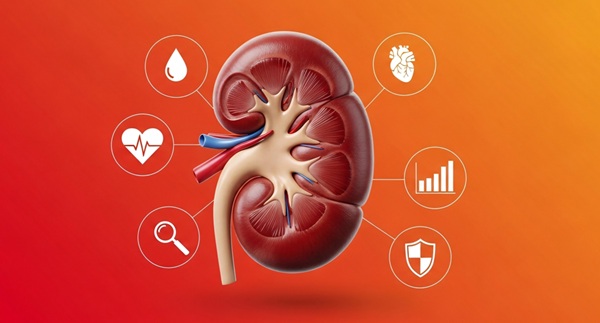
Mismatch Between Two Common Kidney Function Tests Indicates Serious Health Problems
Creatinine has long been the standard for measuring kidney filtration, while cystatin C — a protein produced by all human cells — has been recommended as a complementary marker because it is influenced... Read moreMolecular Diagnostics
view channel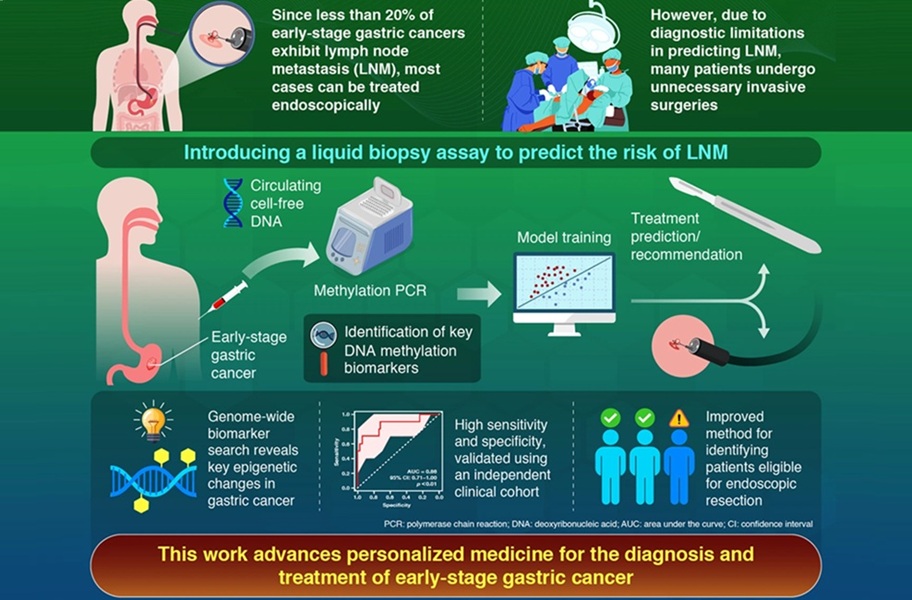
Blood Test to Help Low-Risk Gastric Cancer Patients Avoid Unnecessary Surgery
Accurately identifying lymph node metastasis in early-stage gastric cancer remains a major clinical challenge. CT imaging often misses up to half of lymph node–positive cases, leading clinicians to recommend... Read more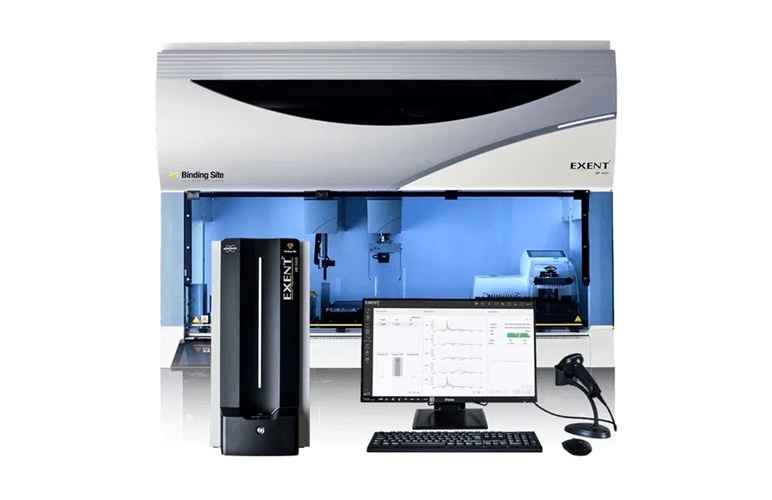
First-Of-Its-Kind Automated System Speeds Myeloma Diagnosis
More than 176,000 people are diagnosed with multiple myeloma worldwide each year, yet the current diagnostic pathway can be slow and uncertain, often relying on a highly subjective interpretation of test results.... Read moreHematology
view channel
Platelet Activity Blood Test in Middle Age Could Identify Early Alzheimer’s Risk
Early detection of Alzheimer’s disease remains one of the biggest unmet needs in neurology, particularly because the biological changes underlying the disorder begin decades before memory symptoms appear.... Read more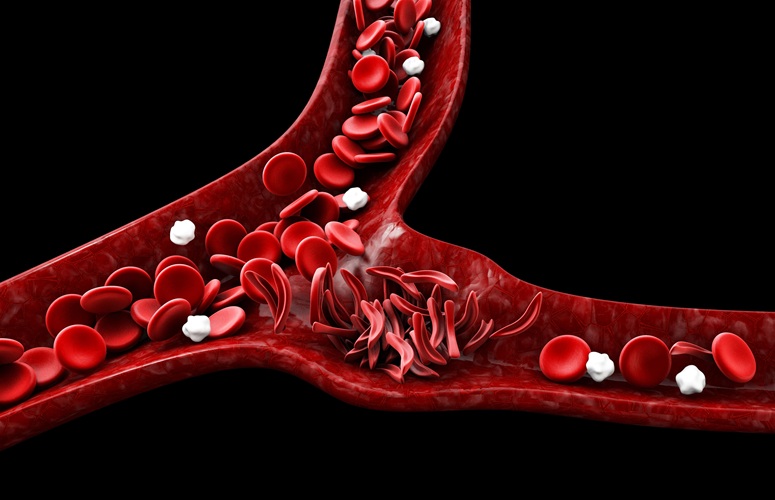
Microvesicles Measurement Could Detect Vascular Injury in Sickle Cell Disease Patients
Assessing disease severity in sickle cell disease (SCD) remains challenging, especially when trying to predict hemolysis, vascular injury, and risk of complications such as vaso-occlusive crises.... Read more
ADLM’s New Coagulation Testing Guidance to Improve Care for Patients on Blood Thinners
Direct oral anticoagulants (DOACs) are one of the most common types of blood thinners. Patients take them to prevent a host of complications that could arise from blood clotting, including stroke, deep... Read moreMicrobiology
view channel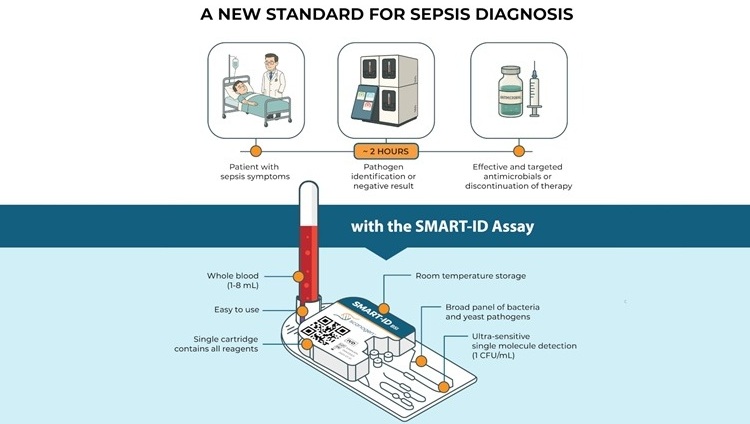
Rapid Assay Identifies Bloodstream Infection Pathogens Directly from Patient Samples
Bloodstream infections in sepsis progress quickly and demand rapid, precise diagnosis. Current blood-culture methods often take one to five days to identify the pathogen, leaving clinicians to treat blindly... Read more
Blood-Based Molecular Signatures to Enable Rapid EPTB Diagnosis
Extrapulmonary tuberculosis (EPTB) remains difficult to diagnose and treat because it spreads beyond the lungs and lacks easily accessible biomarkers. Despite TB infecting 10 million people yearly, the... Read more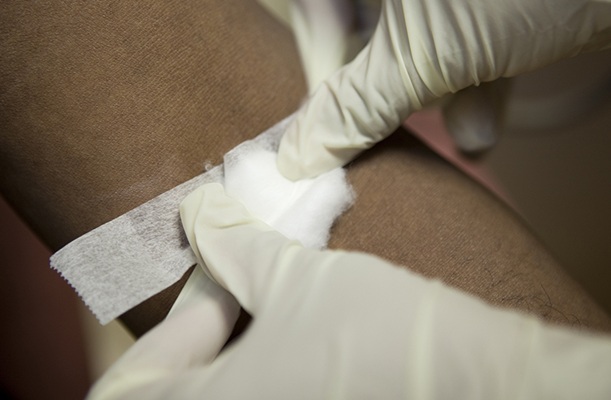
15-Minute Blood Test Diagnoses Life-Threatening Infections in Children
Distinguishing minor childhood illnesses from potentially life-threatening infections such as sepsis or meningitis remains a major challenge in emergency care. Traditional tests can take hours, leaving... Read more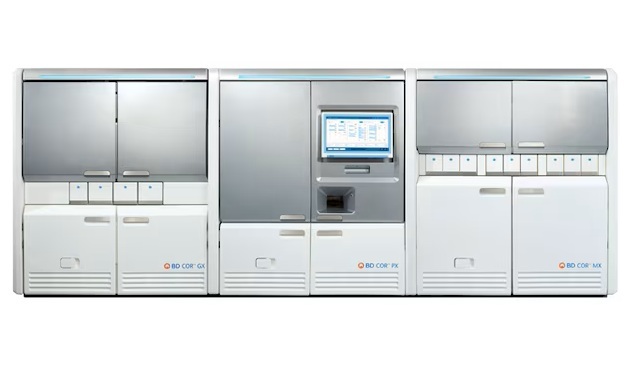
High-Throughput Enteric Panels Detect Multiple GI Bacterial Infections from Single Stool Swab Sample
Gastrointestinal (GI) infections are among the most common causes of illness worldwide, leading to over 1.7 million deaths annually and placing a heavy burden on healthcare systems. Conventional diagnostic... Read morePathology
view channelAI Tool Outperforms Doctors in Spotting Blood Cell Abnormalities
Diagnosing blood disorders depends on recognizing subtle abnormalities in cell size, shape, and structure, yet this process is slow, subjective, and requires years of expert training. Even specialists... Read more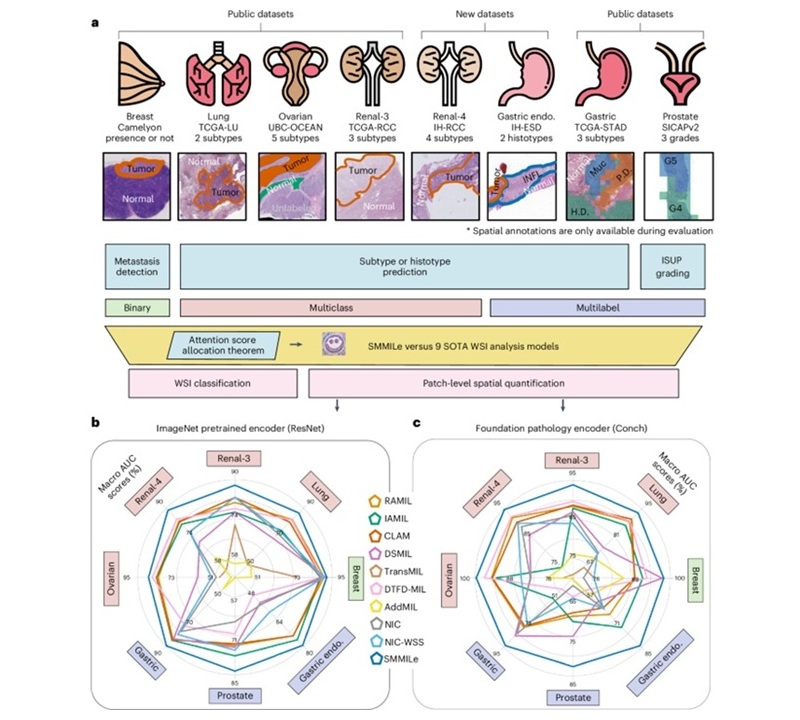
AI Tool Rapidly Analyzes Complex Cancer Images for Personalized Treatment
Complex digital biopsy images that typically take an expert pathologist up to 20 minutes to assess can now be analyzed in about one minute using a new artificial intelligence (AI) tool. The technology... Read moreTechnology
view channel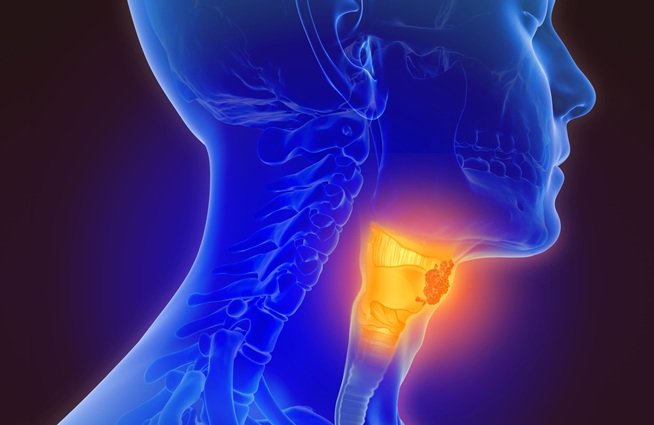
AI Saliva Sensor Enables Early Detection of Head and Neck Cancer
Early detection of head and neck cancer remains difficult because the disease produces few or no symptoms in its earliest stages, and lesions often lie deep within the head or neck, where biopsy or endoscopy... Read more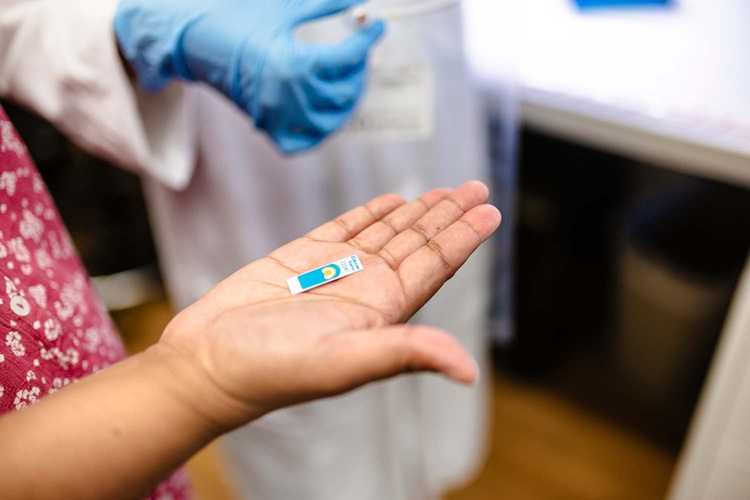
AI-Powered Biosensor Technology to Enable Breath Test for Lung Cancer Detection
Detecting lung cancer early remains one of the biggest challenges in oncology, largely because current tools are invasive, expensive, or unable to identify the disease in its earliest phases.... Read moreIndustry
view channel
Abbott Acquires Cancer-Screening Company Exact Sciences
Abbott (Abbott Park, IL, USA) has entered into a definitive agreement to acquire Exact Sciences (Madison, WI, USA), enabling it to enter and lead in fast-growing cancer diagnostics segments.... Read more





